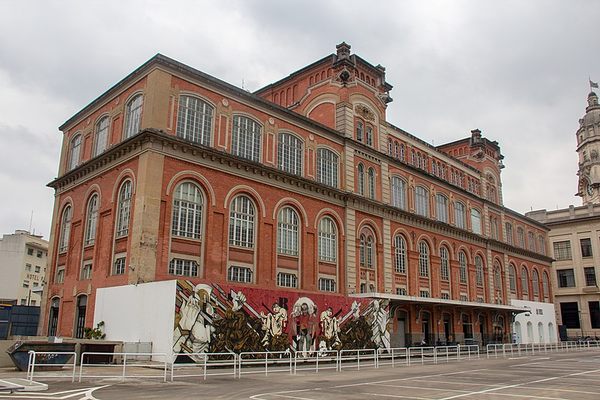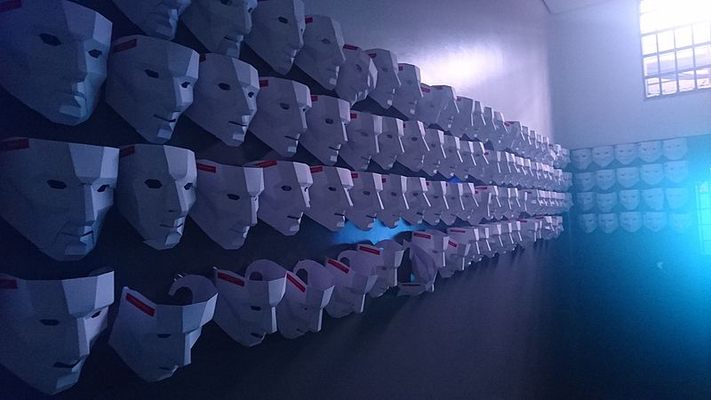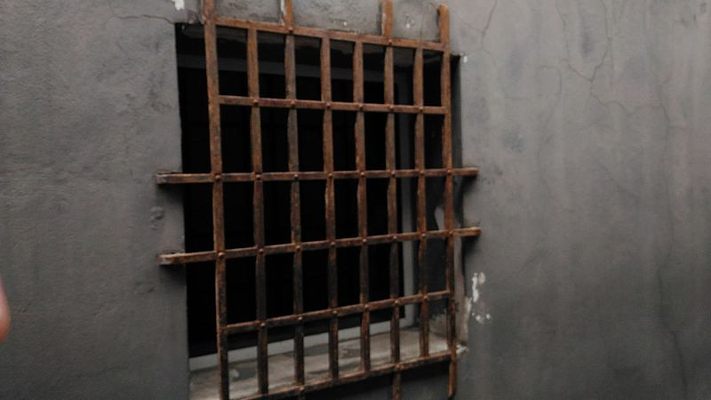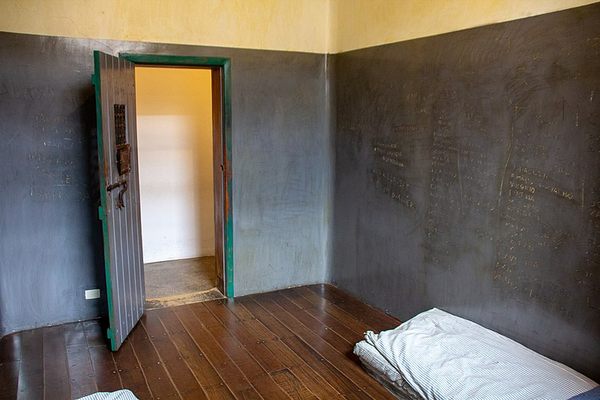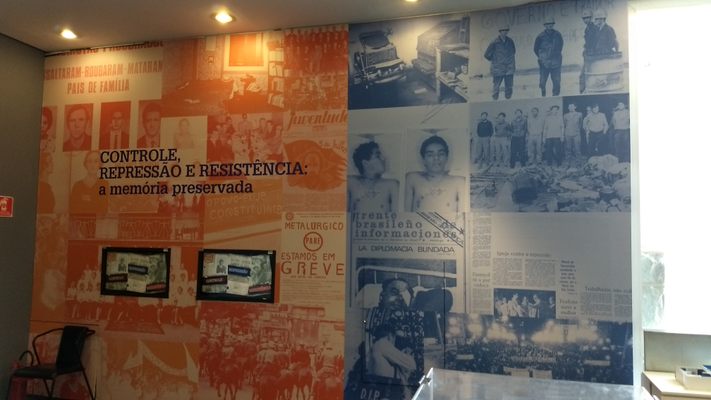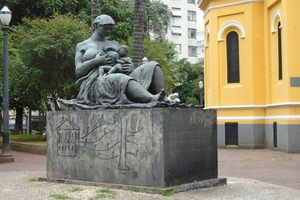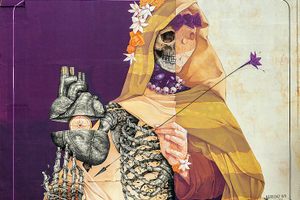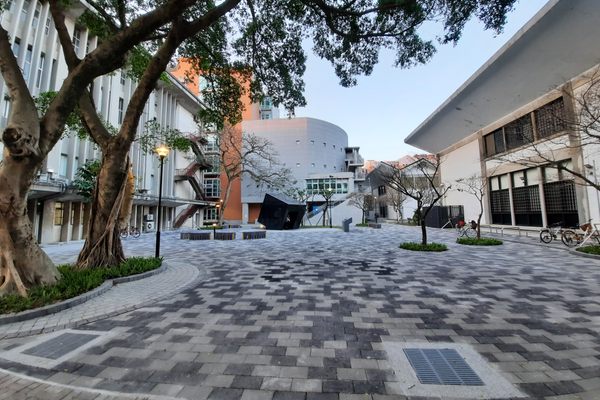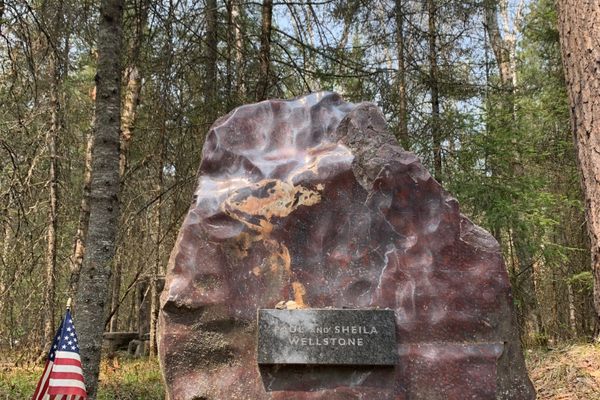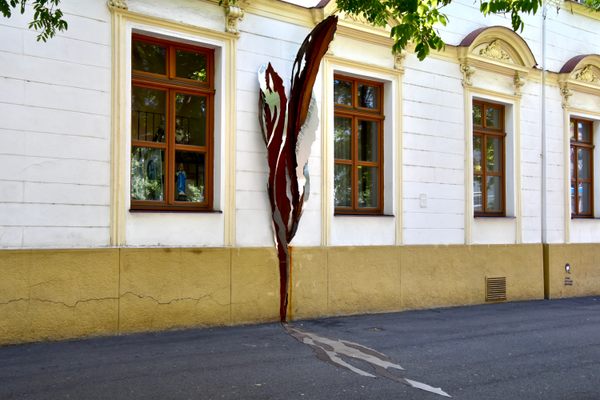About
Within a stone's throw of Luz station stands a building with an ornate facade and a dark history. Once the headquarters of the State Department of Political and Social Order of São Paulo, today this building is a memorial and museum dedicated to the victims of Brazil's fascist military dictatorship.
In 1964, a coup d'etat against the government of President Joao Goulart was launched by right-wing extremists in the Brazilian military. The coup had been set in motion with the coordination and logistical support of the CIA and had the oversight of President John F. Kennedy. Goulart's drive towards presidential democracy, land and educational reforms, non-alignment with either of the Cold War superpowers and the nationalization of the countries natural resources such as oil had been interpreted by the Kennedy brothers and the CIA as being "potentially communist."
After the coup, the CIA continued to back the military dictatorship and its advisors helped train the much-feared secret police of the Junta, the DOI /CODI, in "counter-insurgency" methods which included surveillance, interrogation, torture, and assassination.
During the decades of the military dictatorship in Brazil, this building in the Santa Ifigênia neighborhood of Sao Paulo was the headquarters of the Brazilian secret police. It housed a jail and several torture chambers where political prisoners endured unspeakable pain and suffering. It is estimated that over 20,000 people identified as "subversive" by the dictatorship were imprisoned and horrifically tortured by secret police agents of the DOI /CODI between the years 1964 and 1988.
For a person to be classed as a "subversive" and to be imprisoned, tortured, and "disappeared" by the secret police one only had to be overheard criticizing the rule of the military junta. Additional reports after the fall of the military regime suggest that there were at least 434 "disappearances" during this period—though it is likely that more occurred than were reported. Those who were courageous enough to speak out or act against the oppression of the dictatorship were at high risk of passing through the doors of the DEOPS headquarters to be interrogated, imprisoned, tortured, and possibly killed.
Today the building is a museum with exhibits that showcase this dark period of Brazilian history. It offers visitors a reminder of how easily democracy and human rights can slip away and encourages citizens to stand up in the face of oppression and apathy.
Related Tags
Know Before You Go
The museum is open from Wednesday to Monday (closed on Tuesdays) from 10 a.m. to 6 p.m. Entrance is free.
Community Contributors
Added By
Published
December 1, 2021
